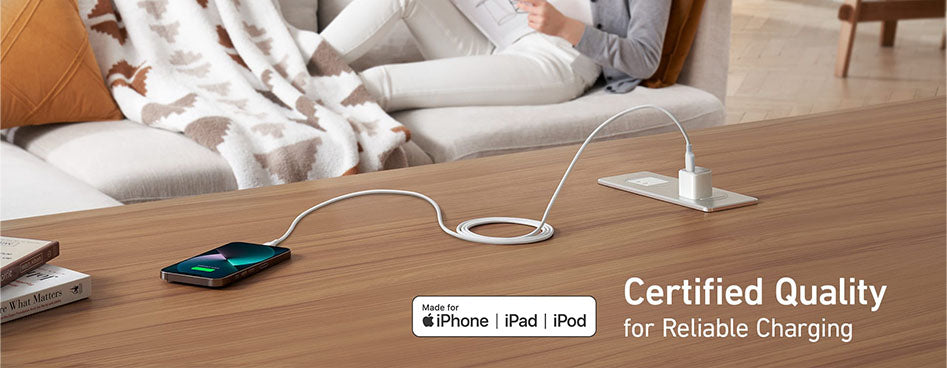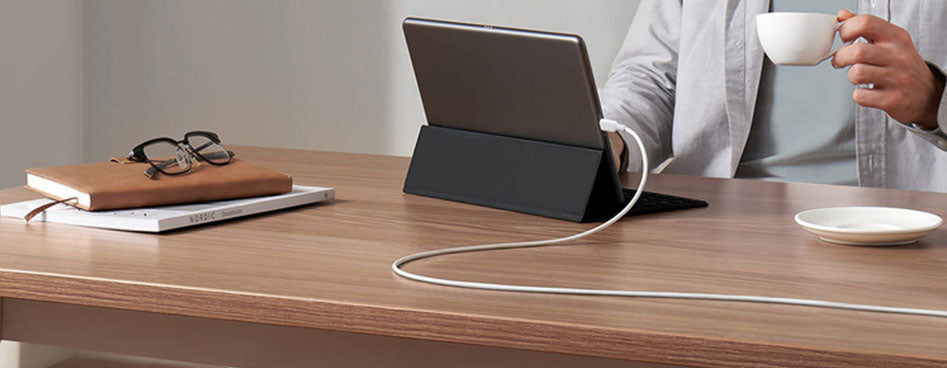What is a Lightning Cable?
Lighting cables are a type of cable that is used to connect devices to power them up. However, the Apple launch was popular due to its sleek and slim design. Another prominent feature that Apple launched was a lightning cable. These lightning connectors are small cables used to charge Apple mobile devices and connect devices to computers.
Additionally, Apple Lightning cables are typically made of a combination of metal and plastic. The metal parts are made of copper, and the plastic parts are typically made of polyvinyl chloride (PVC).
A lightning cable is mainly used for Apple products as Apple owns it for many of its tech devices. These devices include iPhones, iPads, iPods, and AirPods. Either you can use the lightning cable to power a device, or it can be used to transfer data when the cable is connected to a laptop or computer. Also, for wired audio, you can use lightning-cable headphones. Apple's headphone jack has a 3.5mm port that can be connected via a lightning cable for smooth ear-to-ear listening.
Apple's Lightning Cable Structure
The Apple lightning cable comes with a standard USB-A adapter at one end of the cable and a lightning adapter on the other side of the cable. Moreover, the 30-pin dock connectors (80% smaller) used by older iPhone models have been replaced by these cables.
Compared to the other connectors, these lightning cables are stiffer and more reversible. The best part is that you can plug it in either upside-down or upside-down. However, this feature is quite helpful and practical. The small size is perfect for Apple's slim devices.
A Lightning Cable: How Does It Work?
A lightning cable connects an Apple device to a computer, power adapter, or other devices. It is also used to charge the device, sync data between the device and computer, or connect the device to audio and video accessories like headphones.
Moreover, the cable has multiple uses, but the primary purpose of lightning cables is to power the device. For instance, you can charge iPhones and iPads. Prior to connecting
the charger to a power outlet, the cable is connected through its USB end to the charger. If the power outlet is unavailable, you can use the cable to plug into your laptop's USB port. It will provide power to the phone, but not in the same way a charger would.





Leave a comment
This site is protected by hCaptcha and the hCaptcha Privacy Policy and Terms of Service apply.